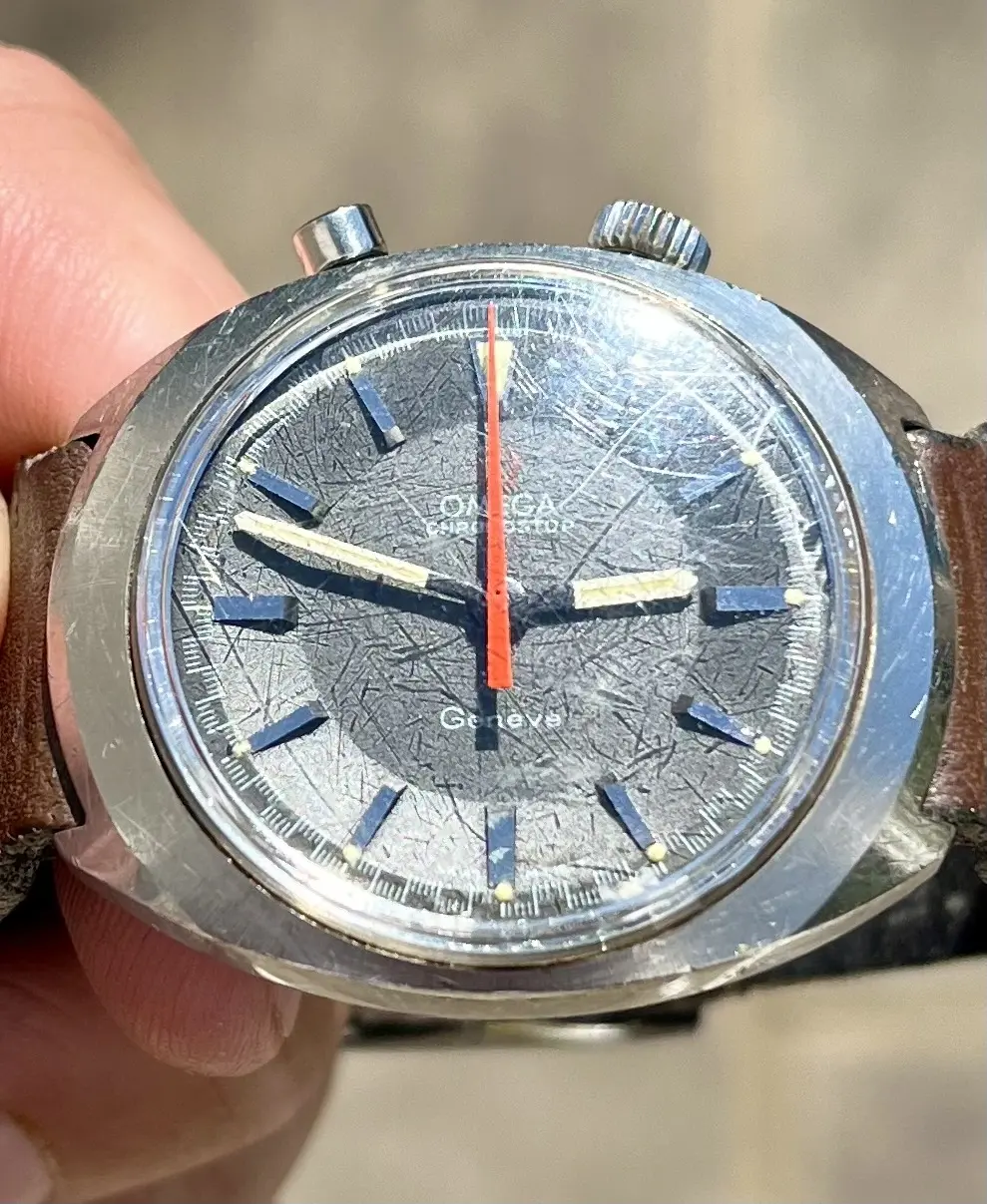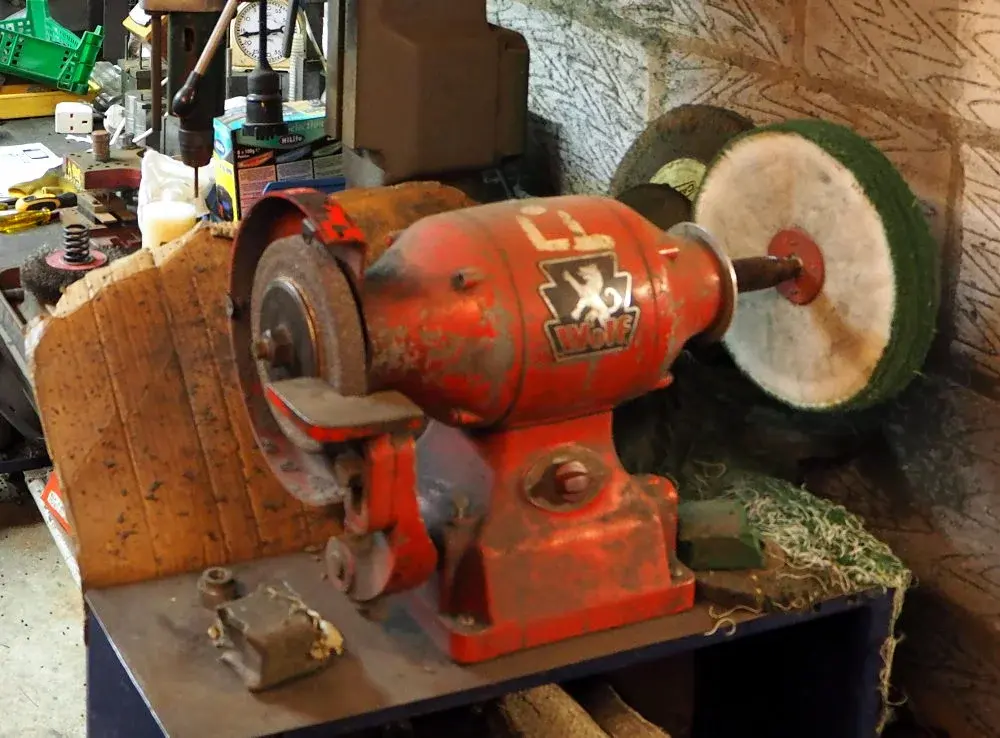jewelbeetle
·Hi All,
New member here. I've just bought a 1966 Geneve Chronostop (145.010). It's in pretty good condition given its age, but the crystal has some marks and scratches. Should I use something ike Polywatch to remove these? Or it is better to leave them to retain its authentic vintage look and feel?
Thanks for your advice.
New member here. I've just bought a 1966 Geneve Chronostop (145.010). It's in pretty good condition given its age, but the crystal has some marks and scratches. Should I use something ike Polywatch to remove these? Or it is better to leave them to retain its authentic vintage look and feel?
Thanks for your advice.


